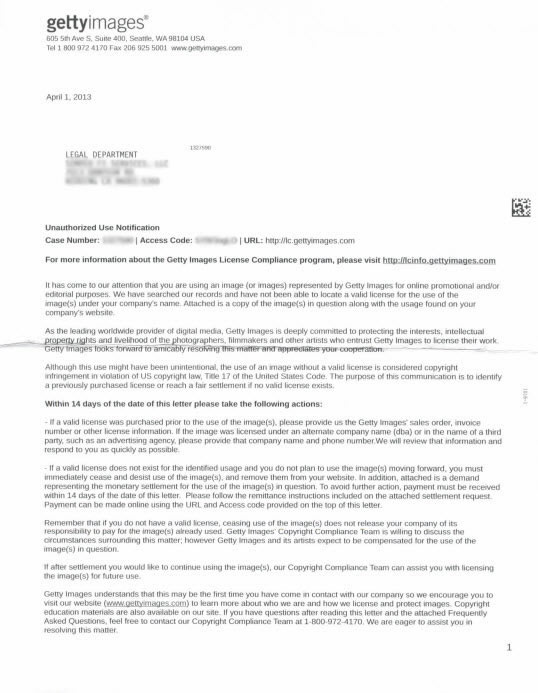
Writing great content is a choice. You can choose to put in the time and work required to create great content and build a prosperous brand. Or you can choose to take the easy path and write poor content – a path that ultimately will get you nowhere. It will only result in a waste of time, energy and resources.
The path for content marketers is clear. In order to boost SEO rankings, gain traffic and/or leads, you need to have great content on your blog or website.
If you write original content, search engines will help your site get more exposure. For instance, Google has made it plain that they do not like and will penalize sites with duplicate content. Put another way, Google wants to reward high quality sites that contain original content. So not only does great content make a better website, it also improves your site’s rankings, which can have a very positive impact on your business.
Whatever your reason for having a content site, whether it’s for business or a personal hobby, it’s important to do it right. In this blog post, we’ll break down some tips for developing great content.
First, let’s look at what makes great content, and then we’ll move on to sites that produce great content.
1. Create Original Content
As mentioned, original content goes a long way with Google and your visitors. Copying other people’s content will result in a punishment from Google, which can crush your bottom line.
Want proof?
Remember when you used to find ezine articles in top Google rankings? You don’t see them anymore, and it’s no accident. They were one of the hardest hit by Google’s algorithm update, which aimed to prevent bad content from ranking highly.
Mahalo was a content farm that updated every day with new content, but it wasn’t original content. Google punished them for it, and that resulted in Mahalo needing to pivot their business.
But let’s take this a little further. Original also means originality. Your ideas should be original! Rehashing the same concepts or other posts over and over again is not original. If your content is played out, no one will link to it – and that defeats the purpose of writing content in the first place.
Here’s the train of thought that most website owners have (thinking that gets them in trouble):
"So it says here that we need to create a lot of content…OK…well how can we do this as easily and cheaply as possible?"
"Can we make a bot to scrape content and re-combine it into some form of gibberish that at least the search engines will read?"
"Can we outsource cheap, near slave labor priced, content writers to write filler content?"
"Can we collect articles from around the web and just get permission to re-post them?"
STOP THINKING THIS WAY!
Remember these two rules in life:
You get what you pay for.
If you don’t have anything useful to say, then don’t say it at all.
These two simple points will keep you on the path of making quality content that will yield returns for years to come. They can also help in other aspects of your life. :)
Source : https://blog.kissmetrics.com/ingredients-of-great-content/







